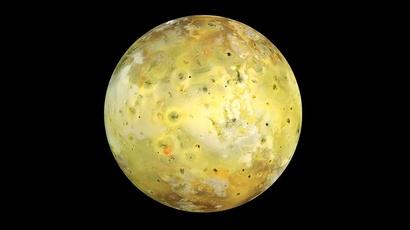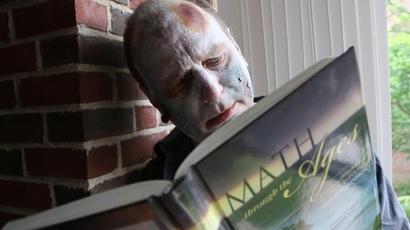Watch Clip

The Hidden Fluorescent World
3m 19s
/ TV-G
The proteins that make fish fluoresce could help scientists map the human brain.





























